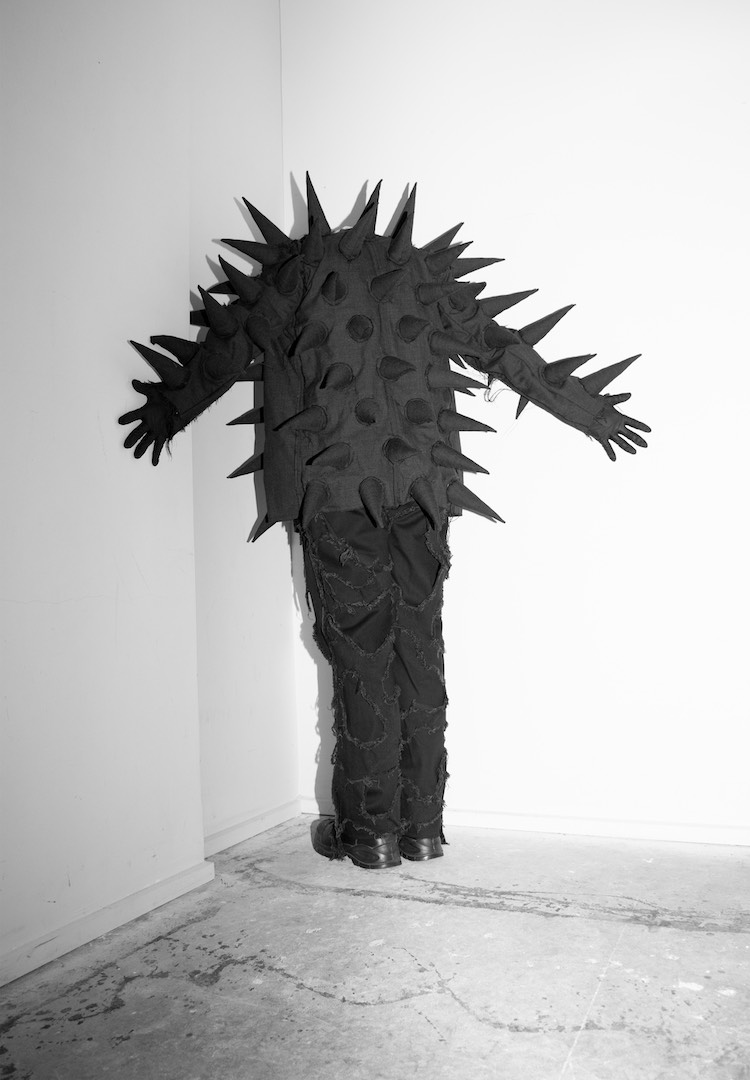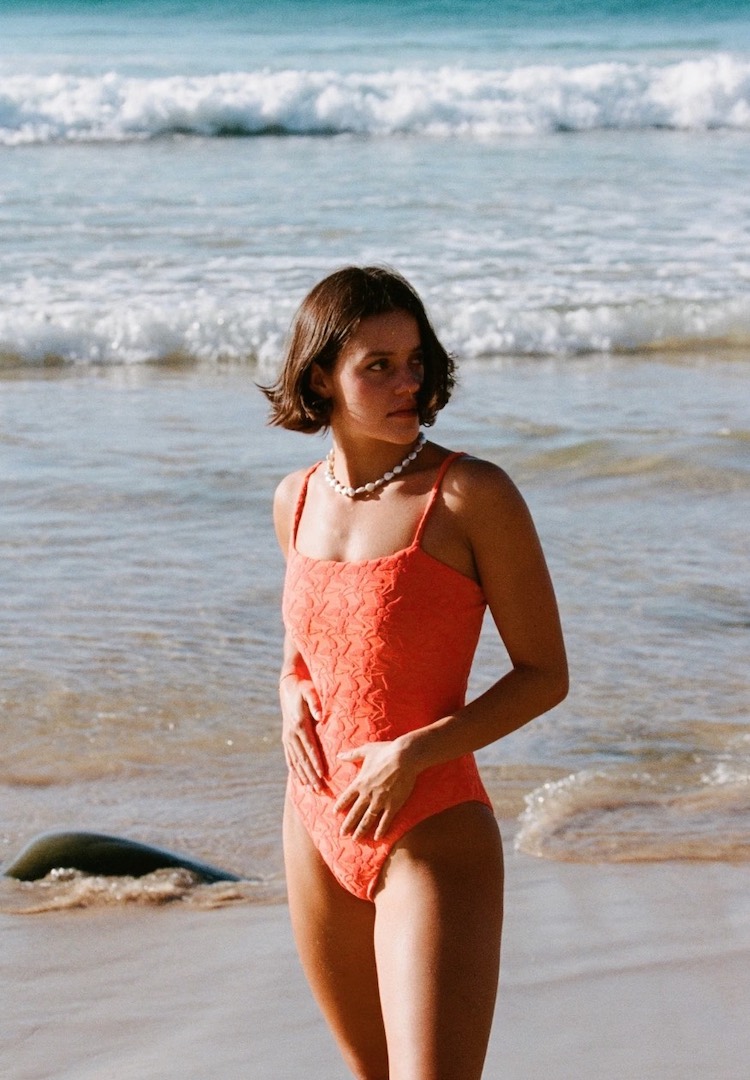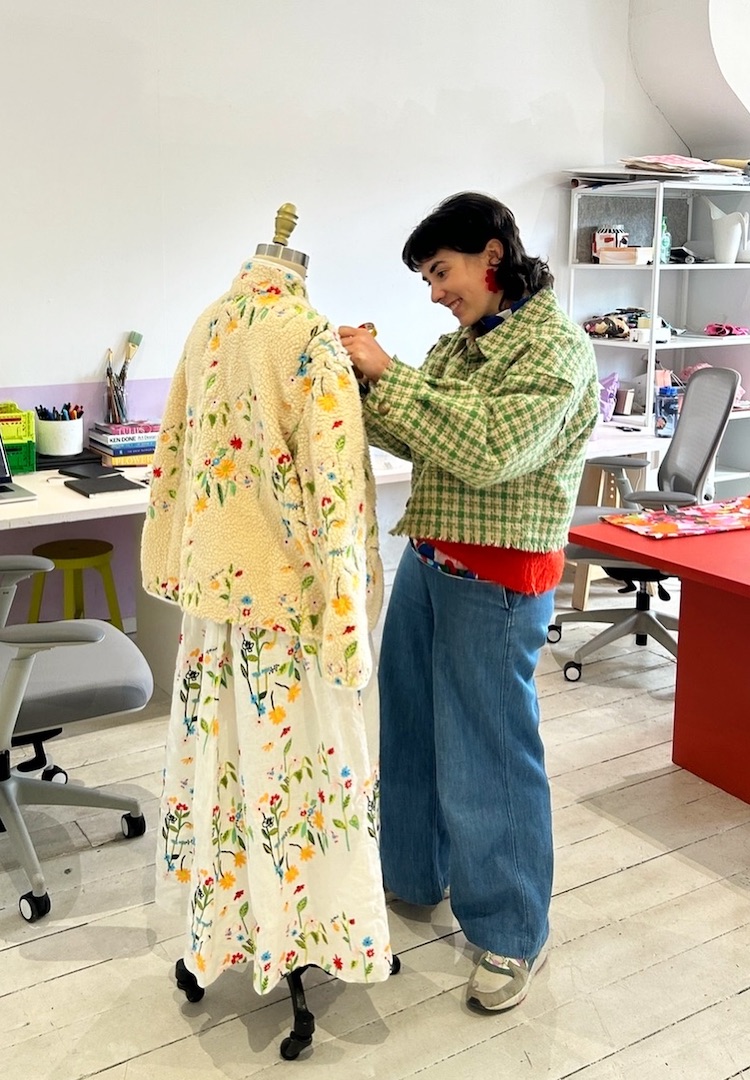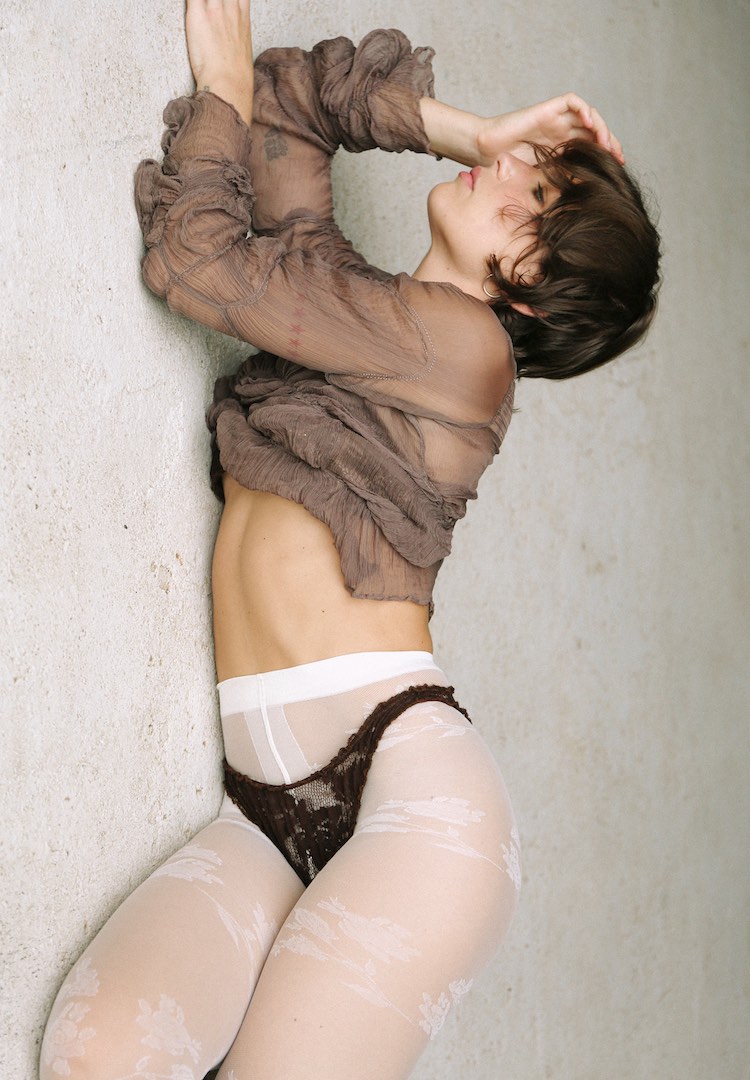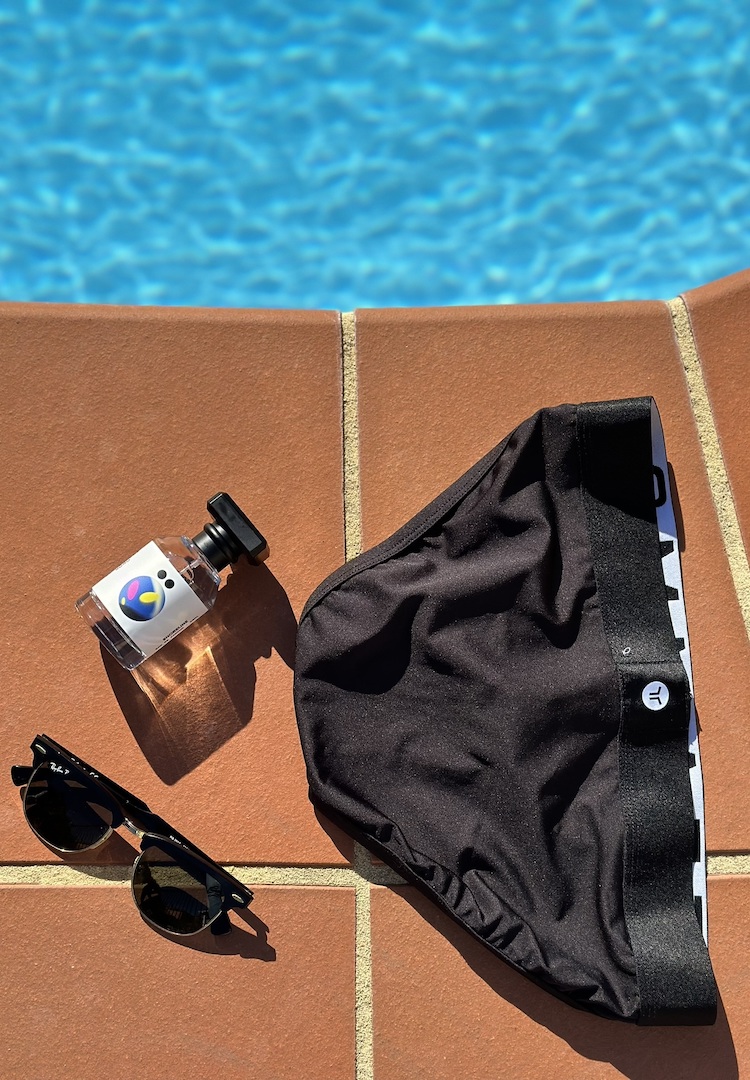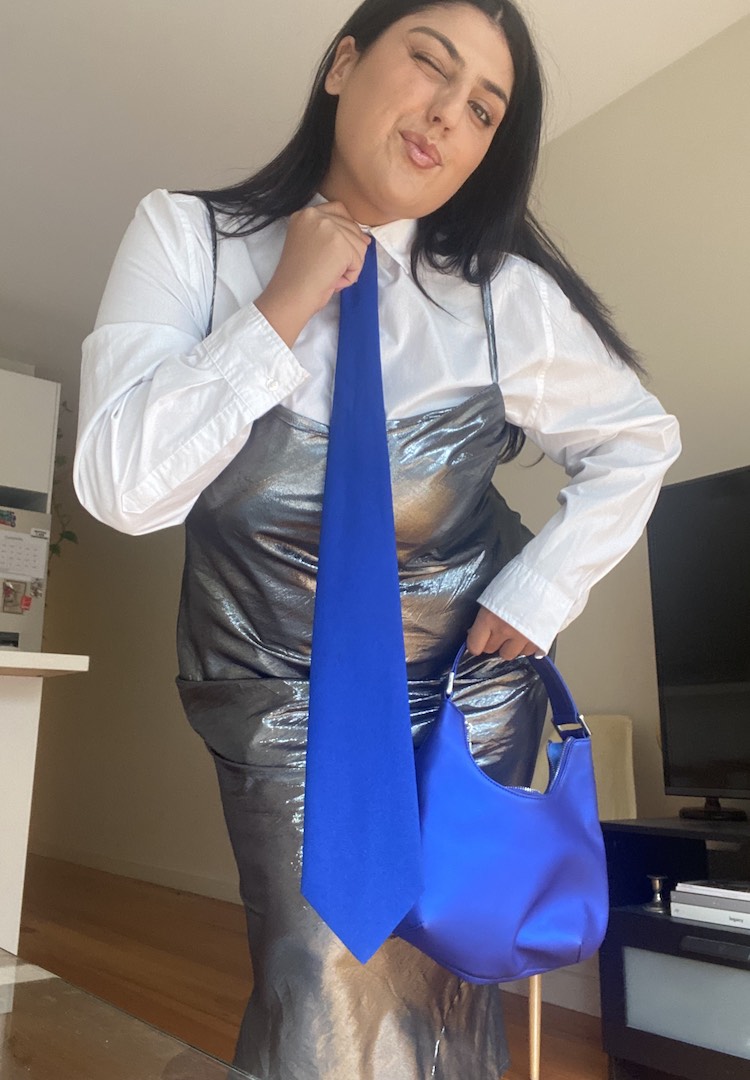Samuel de Raadt’s graduate collection is inspired by medieval weaponry and the beauty of death
PHOTOGRAPHER AND STYLIST – SAMUEL DE RAADT
MODEL – Mya Rogers
WORDS – YASMIN GOWER
“Fashion design can create new identities, hide identities, communicate character arcs and tell stories. When I realised that, I knew I wanted to be involved in this industry.”
As an official media partner of PayPal Melbourne Fashion Festival, Fashion Journal is excited to once again be supporting the National Graduate Showcase x Emporium Melbourne, celebrating Australia’s top-ranked emerging fashion design talent. The top 10 leading graduates from across the country will exhibit their collections in a boundary-pushing presentation, showcasing experimental design and innovation.
Looking for more fashion news and features? Head to our Fashion section.
Over the next few weeks, we’ll be profiling each designer through a series of interviews. Next up is Samuel de Raadt. A graduate of RMIT, Samuel explores the morbid beauty of death through his collection Momento Mori. Inspired by medieval culture, Samuel’s designs incorporate weaponry, like mace spikes and skulls, to explore what death would look like if it walked down a runway. Through design elements like wadding made from recycled plastic bottles, he aims to incorporate more eco-friendly practices into his work. Below, he steps us through his collection.
Please introduce yourself to our readers.
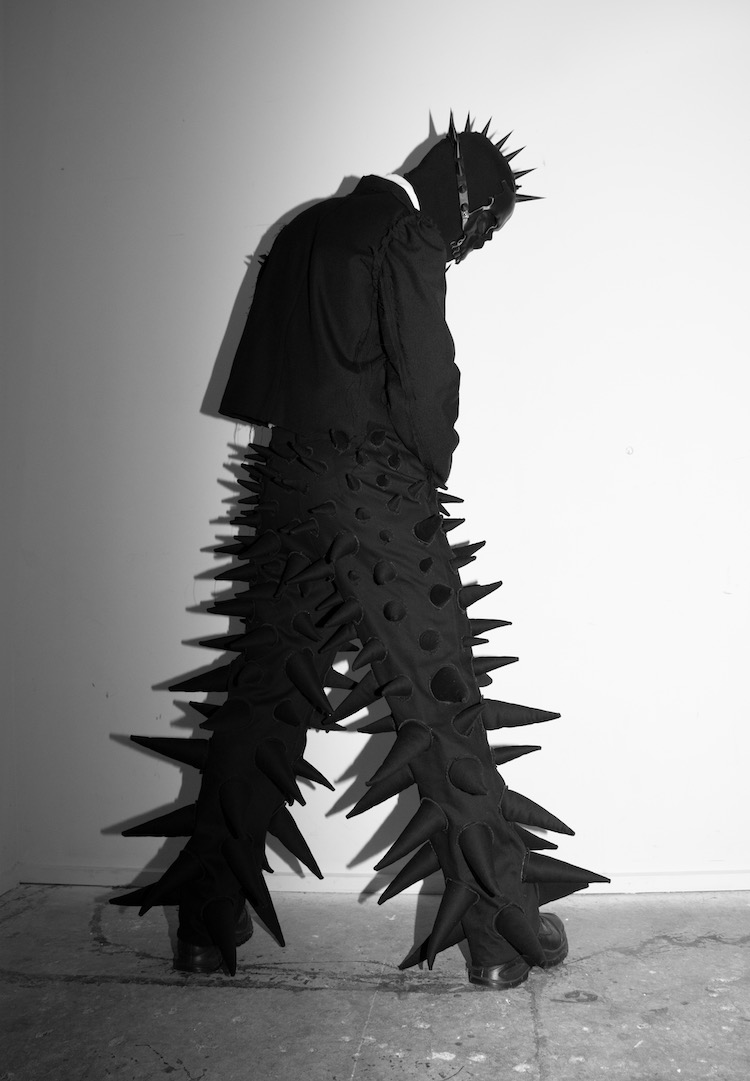
Hi, my name is Samuel de Raadt and I am a recent graduate of the Bachelor of Fashion Design degree at RMIT University. I was born in Venezuela and am lucky enough to have grown up in a number of different countries, which taught me to appreciate different cultures, people and art.
I love the idea that fashion can tell stories; that it can be provocative and test traditional boundaries. My dream is to own my own label that allows me to share ready-to-wear clothing, while also giving me opportunities to design for the runway and explore the avant-garde world more.
Tell us about your collection.
My collection is called Momento Mori which translates to “remember death” in English. This collection represents my perception of how death would look if it were to walk down a runway. I explore death as a force that is both hauntingly beautiful and profoundly powerful.
My collection features six looks that explore multiple symbols, eras and themes of death. I would consider this collection a fusion of ready-to-wear and avant-garde fashion.
When did you know you wanted to get into fashion and textile design?
Growing up, I was always into design. When I was a young child, my parents encouraged me to be creative which led me to discover my passion for engineering and design. I was fascinated by aeronautical and car design, both classic and modern.
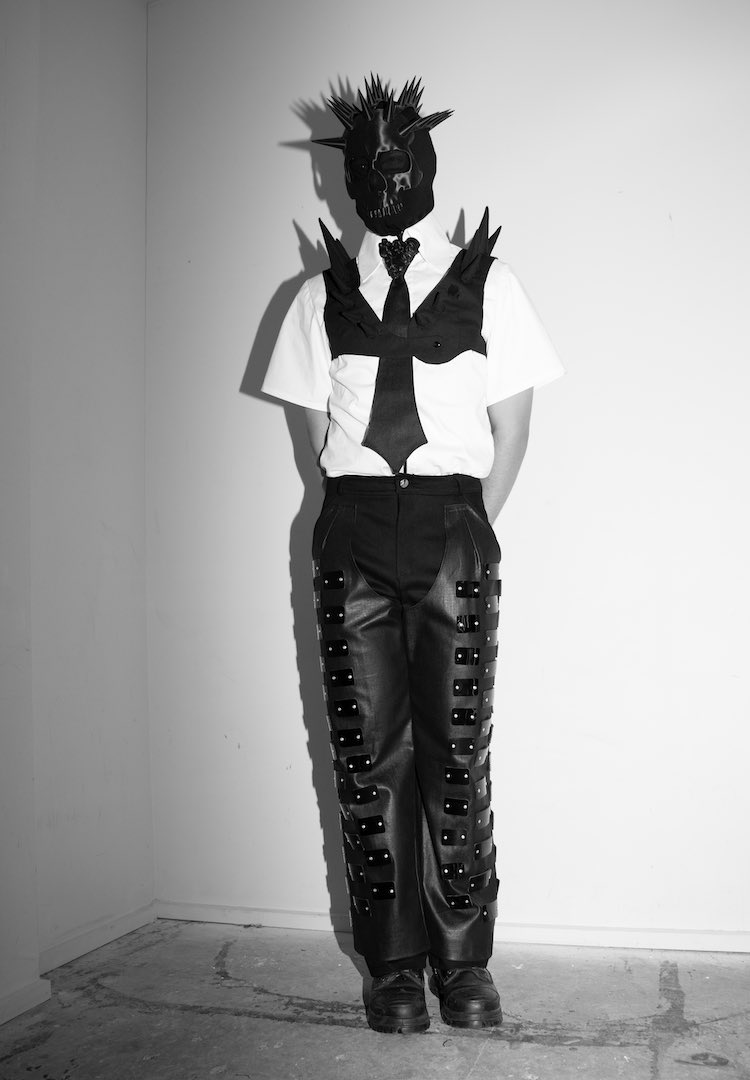
In school, as we all do, I explored different mediums to express my creativity. I taught myself Photoshop and figured out that I could overlay my designs onto T-shirts. Then one day, my older sister taught me how to make a T-shirt with her sewing machine and it opened a whole new world of creativity.
I realised that fashion design can create new identities, hide identities, communicate character arcs and tell stories. When I realised that, I knew I wanted to be involved in this industry.
What were the major points of inspiration for your collection, and you more broadly as a designer?
In my previous work, I [have] explored colour and light extensively, and I realised that I had never explored a dark topic. I felt like it would be quite a challenge for me.
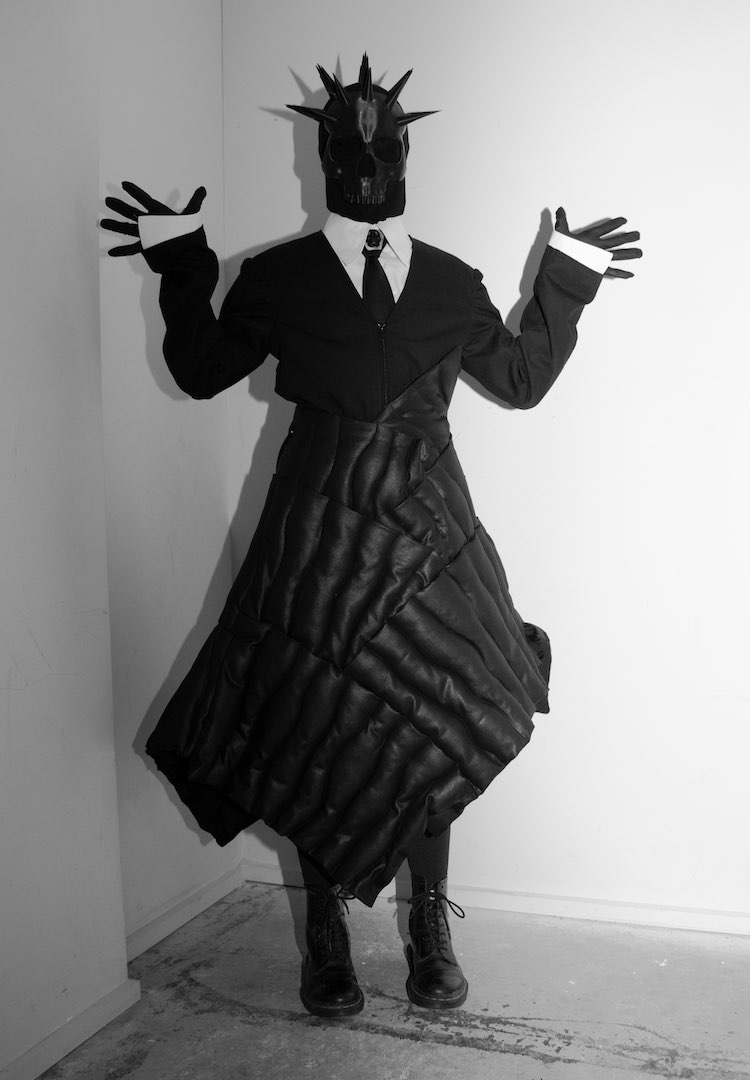
I have always had a fear of death, and I decided I wanted to confront and explore this fear. I did a lot of research in my development stage and was most inspired by medieval weapons like the mace, which is a spiked metal ball. I thought about how crazy it is that such a beautiful design was created to bring death. I wanted this idea to be heavily featured in my collection. I love that fashion design can use motifs to tell a story.
So l used [these motifs] to tell the story of death, such as the use of the mace spikes (symbolising pain and suffering), skulls (signifying mortality) and distressed fabrics (representing fragility and decay). I also looked into traditional mourning attire such as shirts, suits, ties and greyscale fabrics. This is what inspired the more ‘formal’ elements of my looks.
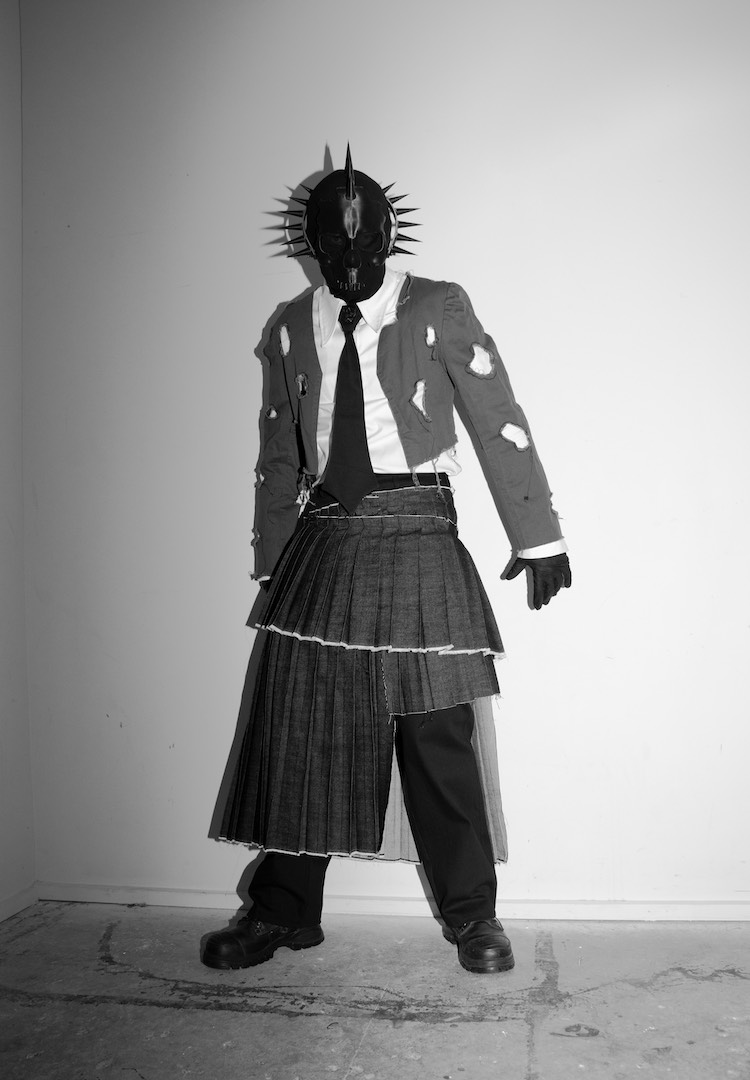
I like to leave lasting impressions on people and to shock or get a reaction out of them. I believe that fashion is the most powerful medium to achieve this because it’s personal to the wearer and their self-expression. I see fashion as another [mode] of art, and fashion is the medium I always felt I could [use to] express myself in the most explosive way.
Tell us about the experience of putting together your graduate collection.
There were so many different stages to putting together the collection and therefore, so many emotions that have come along with it. I had many points of frustration which required lots of problem solving. Every look in the collection has a feature garment and in every feature garment, I’ve chosen to challenge myself. But I absolutely loved the learning process. I loved that coming out of this collection, I have learnt and grown so much.

I put a huge amount of time into getting the precise look I was after. I also taught myself how to 3D design and print the masks for the collection, which was really fun. This all made it very satisfying when I finally saw my garments together, and [saw] my vision come to life on the mannequins.
What part does sustainability play in your design practice?
Like [many] new designers, I aim to be as sustainable as possible in my design practice. One material I found during my sourcing was a wadding that was made from 48 recycled plastic bottles. [I used] the wadding to create the shape of the spikes and the padded skirt in my collection.
I thought it was super cool that I could give these bottles a new ‘life’, in a collection about death… It’s a goal of mine to add more sustainable practices to my design process as I learn about different approaches and grow as a designer.
Who do you think is most exciting in Australian fashion right now?
I’m absolutely loving the work that Dion Lee is producing right now. I think it’s super creative how he transforms fashion archetypes into new forms in a new and innovative way. I think that Lee is really good at looking at trends and then taking them a step further, and I love how his brand is somewhat centred around gender fluidity.
What about the Australian fashion industry needs to change?
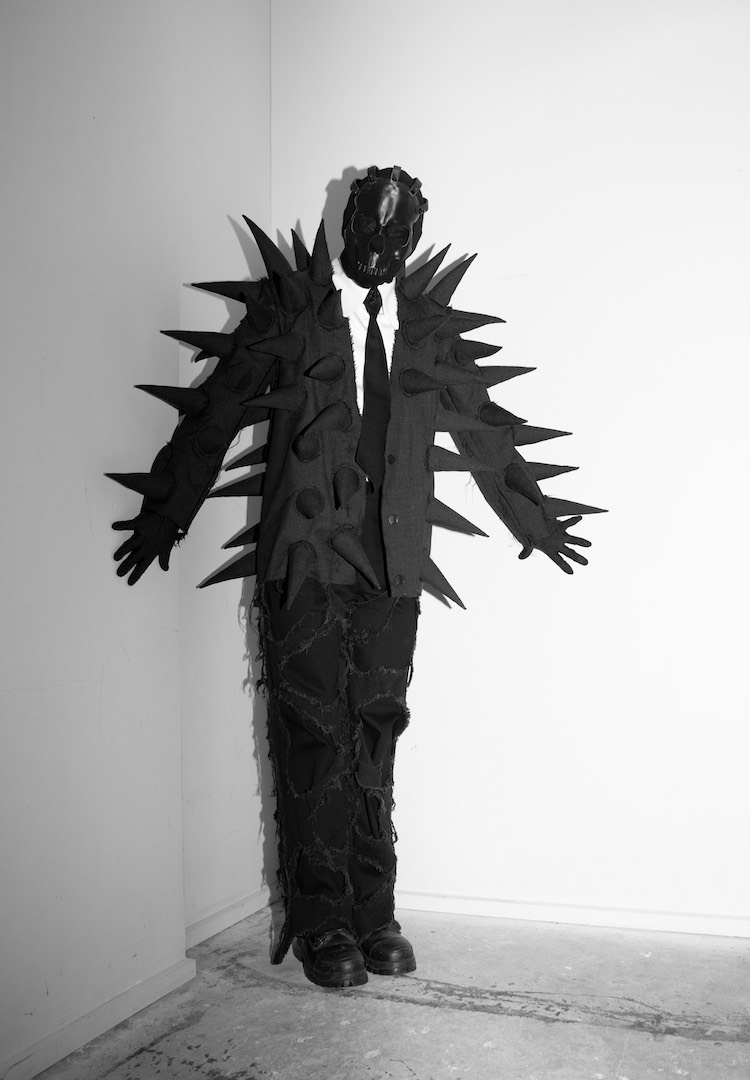
I’d really like to see less imported and more Australian-made fabrics and clothes. While I think it’s awesome to be globally connected and inspired by different cultures, I have an appreciation for Australian-made and would love to support more local artists and the local economy. I’d also like to see less fast fashion and mass production, and more thoughtful consumer and manufacturing choices being made.
Who are your dream Australian collaborators?
It would be a major accomplishment if I got the opportunity to collaborate and work with Dion Lee. I know that I’d learn so much from him and I’d love to absorb his design process. I want to be a part of what he is creating and his movement. I think it’s super cool.
To view more of Samuel’s work, head here. You can get your tickets to PayPal Melbourne Fashion Festival’s National Graduate Showcase x Emporium Melbourne here.


